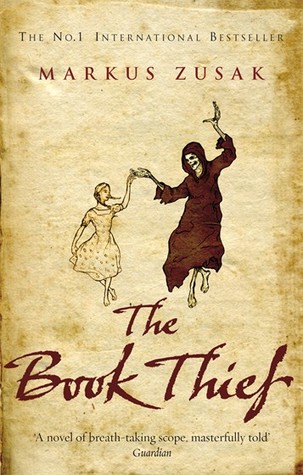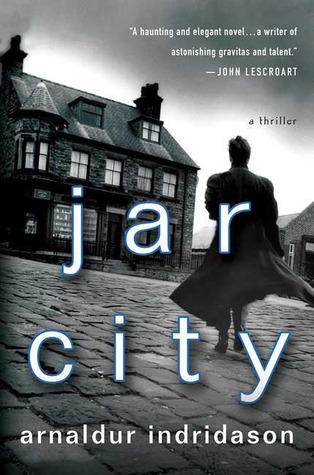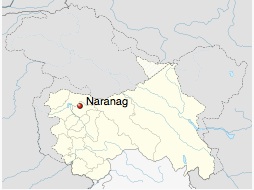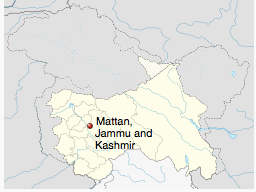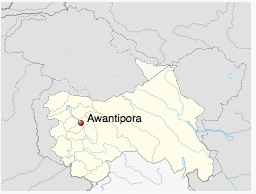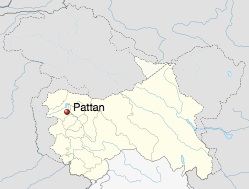Book 17: Confession of the Lioness by Mia Couto (Mozambique)

A lioness is on a killing spree in Kulumani, where only the women are its prey. A hunter is hired, and the story is narrated by his diary entries and those of one the victims’ sister.
Another book I’m disappointed with. It has so much potential, but somehow it ends up being a dud. It seems the author writes something that is poetic, the beauty of which you sometimes can’t deny. But at times, when he writes something that sounds deep and symbolically charged, it only gets contradictory and confusing. All the characters seem to have a past, a dark secret they know–or they don’t; everybody’s a victim, everybody’s a mystery, everybody’s miserable; and everybody does and/or says weird things.
My next reading will have to be a lot less complicated than that.
Book 18: Samarkand by Amin Maalouf (Lebanon)
A good book which comprises two different parts, the link between the two being Omar Khayyam’s Rubaiyaat.
The narrator starts off by telling us that the only copy of the book sank along with the Titanic and feels miserable at having been responsible for it. He then proceeds to tell Omar Khayyam’s story- part truth, part fiction, which consists the first part of the book: in Khayyam was asked to write down his “heretic” verses in a notebook, rather than say them out loud and face death from extremists, which is what he does; this part gives us information on the cultural background and the historical happenings of Persia in the 11th-12thc., and notably on the Assassins.
And the second part of the book is the story of the narrator at the turn of the 20th c., how he went after the copy of the Rubaiyat, what happened to it, all this soaked in the changing socio-political context of Iran.
Somehow, I prefered the first part, though it is annoying not to be able to tell fact from fiction; it reminded me of Forty Rules of Love, which I read in January. The second part, I found rather bland.
Though it was a personal choice to read this book, I regretted not having chosen a Lebanese book which would have allowed me to understand Lebanon a bit more, rather than old-day Persia.
Book 19: Jamilia by Chingiz Aitmatov (Kyrgyzstan)

An enchantingly well-written novella (1958) that is set during the second world war in what is now known as Kyrgyzstan. Seit, the narrator, then a teenager, describes everyday life during war, the hardship that women and children had to bear in the absence of the men, and the reversal of roles. But most importantly, this piece of writing is about Jamil(i)a, Seit’s sister-in-law, a fiery, impulsive and spirited young girl, who is disappointed with her dreary husband (who is also away, injured during the war). And one day, a wounded war veteran arrives, a solitary, silent and haunting man, who happens to sing soulfully…
Book 20: How I Became a Nun by César Aira (Argentina)
A creepy, creepy book, with wicked humour at times and an end that is… creepy!
The narrator, a six-year old girl – or boy- who bears the authors name, tells about the various things that happen in her/his life as her/his family move to a new town, and the story which starts with ice cream, also ends with icecream, though we do not get the answer for the question posed by the title, unless we consider a pun. We get to read some original, at times delirious writing. I still do know if I liked the book or not; what I do know is that it didn’t leave me indifferent...
Book 21: The Secret Lives of Baba Segi’s Wives by Lola Shoneyin (Nigeria)
The title made me go for the book, and no regrets! Though I found some descriptions quite grotesque and had a hard time identifying with the main character, I simply couldn’t stop reading the book.
Baba Segi wakes up one morning deciding determinedly to do something about his fourth wife’s barrenness, and thus opens Pandora’s box. All the characters have a past hidden from the others, and their secrets make up much of the story.
Just as the reader starts believing one or the other character is wicked and gratuitously mean, the author allows them to speak and have their voices heard, thereby allowing the reader to have a more balanced view of them all.
I enjoyed reading the book and was surprised at how fast I was able to do so.
Book 22: In the Sea There Are No Crocodiles by Fabio Geda (Italy)

Another novel based on someone’s life which again made me feel grateful for the sort of privileged life I’ve had, which I tend to take for granted. And to complain about.
Enaiatollah, a 10 year-old (maybe) Hazara boy from a very dangerous Afghanistan, is taken to Pakistan by his mother and left to fend for himself. From there begins his journey seeking a safer and better life, a quest that will take him to Iran, Turkey, Greece and then finally, Italy. Braving all sorts of danger while crossing the borders and living in a foreign country without papers, the knowledge of the local language or money, Enaiat’s story is truly about the triumph of human will.
Despite the atrocities he’s been through, Enaiat never forgets to mention the selfless acts of kindness from the people of the different lands that he travels to/through. It is comforting to know that humanity is not dead after all…
Book 23: After Rain by William Trevor (Ireland)
A set of twelve short stories, very well-written, though I must confess that many a time, I simply missed some important point described or mentioned in the story and had to go back and read a few passages again–at times in vain.
The stories are about the human lot, the victims of tragedy that seems to qualify and pervade their day-to-day lives: adultery, broken homes, break-ups, mis-matches, dishonesty, insecurity are some of the topics that are dealt with in them.
Verdict? Worth a read, though I’m glad I won’t have to go back to that collection again…
Book 24: The Crossing Places by Elly Griffiths (UK)
A lazy choice, as I wanted to read a thriller-detective fiction kind of thing. And this book suited me well; I liked the characters, the story, the setting (the marshlands in Norfolk), as well as its mystery elements. I learned a bit more about the Norse/Viking practices and went ahead and searched these topics further. The happy thing is that there are 8 books in the series and probably more coming!)










